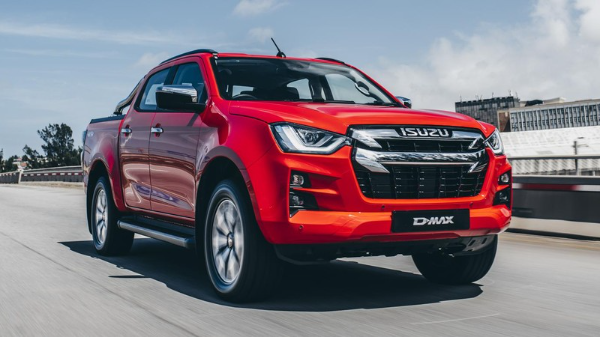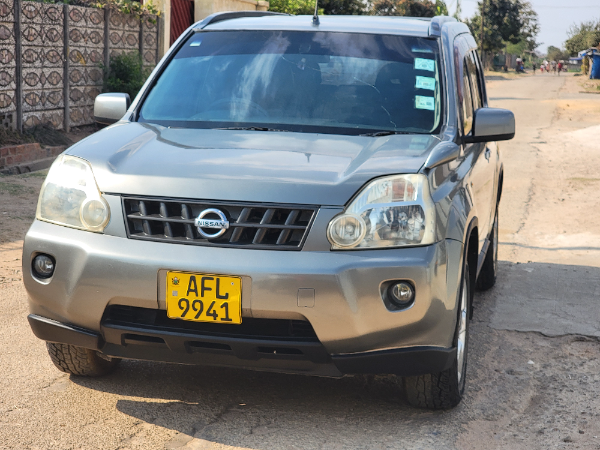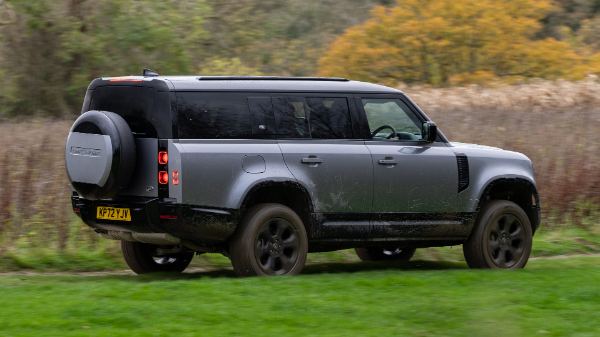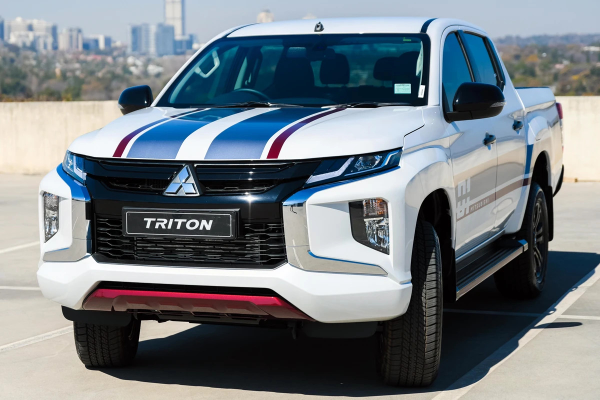DRIVEN: Isuzu D-MAX LS
The latest Isuzu D-MAX is the result of an R1.2 billion investment in Isuzu's South African operations, which was announced in 2019. It is the eighth generation of Isuzu bakkies to be produced in Gqeberha during the previous 42 years. It starts off in South Africa's home market before making its way to 25 other African countries that cater to drivers with left- or right-hand drives. Zimbabwe is one of them.
A more daring and sportier ride than before, the Isuzu D-MAX highlights its tough, contemporary, and streamlined appearance. A bolder front fascia and grille, based on a contemporary take on the classic Isuzu D-MAX design elements, make this very obvious.
The Isuzu D-MAX models have sharp, slimmer headlights and LED DRLs (daytime running lights) that make them stand out on the road. A modern LED combo tail lamp, integrated LED high-mount brake lights in the back, and LED edge lighting for the turn signals on the mirror housings all contribute to the sleek, modern look.
The Isuzu D-MAX showcases an elevated level of craftsmanship and meticulousness in its design with its reduced panel gaps between the doors and the cabin/cargo box. Its integrated, two-step rear bumper harmonises with its elegant and refined silhouette.
Although it has a sportier look, the Isuzu D-MAX is roomier and roomier than its predecessor in every important respect, with the exception of the roofline, which is 10 mm lower. For better cabin structural optimisation, the wheelbase has been expanded by 30 mm, the load area by 15 mm, and the bonnet by 30 mm.
Sharp graphics and a variety of layered and textured surfaces with soft-touch materials—most notably on the dashboard—give it a tactile, high-quality feel throughout, making it more like a passenger vehicle. With its sleek, minimalist design that puts all the settings and switches at your fingertips, the W dashboard layout takes things to the next level.
More room for passengers' legs means more room for passengers' belongings inside. With a 20-mm increase in shoulder space and an increased slope of the backrest for enhanced comfort, the rear seat positions have been shifted outward.
A smaller-diameter steering wheel with up to 20 mm of telescopic adjustment further enhances the more car-like driving position, and an expanded range of seat adjustment allows for even greater optimisation of the driving position.
All single-cab vehicles come standard with Isuzu's 1.9-litre Ddi engine unit, while extended-cab and double-cab variants offer it as an option. Thanks to its common rail direct injection system, it can provide 110 kW of power at 3,600 r/min and 350 Nm of peak torque between 1,800 and 2,600 r/min, all while providing exceptional fuel efficiency and low operating expenses.
Once we hit the road, we discovered that the engine easily handled regular traffic. The gearbox is well-calibrated with the motor, and it delivers respectable low-down torque. We don't think this will discourage buyers, however, since its reduced capacity becomes apparent when you're in a hurry. The ride quality is another standout feature; it's vastly different from the bakkie it replaces, being both more comfortable and better suited to tackle difficult terrain.
In Zimbabwe, Isuzu is known for its dependable and loyal customers. Their biggest problem in recent years has been the absence of models, but that is no longer a concern. In the cutthroat bakkie market, the Isuzu is taking the fight to competition.
Our Judgement:
One of the D-Max's strongest points is its truck pedigree and heritage, but another is that this bakkie can take everything you throw at it. For those who work hard and want a bakkie that works hard without complaining, then this is your bakkie. It is the bakkie that everyone else tries to emulate.
A more daring and sportier ride than before, the Isuzu D-MAX highlights its tough, contemporary, and streamlined appearance. A bolder front fascia and grille, based on a contemporary take on the classic Isuzu D-MAX design elements, make this very obvious.
The Isuzu D-MAX models have sharp, slimmer headlights and LED DRLs (daytime running lights) that make them stand out on the road. A modern LED combo tail lamp, integrated LED high-mount brake lights in the back, and LED edge lighting for the turn signals on the mirror housings all contribute to the sleek, modern look.
The Isuzu D-MAX showcases an elevated level of craftsmanship and meticulousness in its design with its reduced panel gaps between the doors and the cabin/cargo box. Its integrated, two-step rear bumper harmonises with its elegant and refined silhouette.
Although it has a sportier look, the Isuzu D-MAX is roomier and roomier than its predecessor in every important respect, with the exception of the roofline, which is 10 mm lower. For better cabin structural optimisation, the wheelbase has been expanded by 30 mm, the load area by 15 mm, and the bonnet by 30 mm.
Sharp graphics and a variety of layered and textured surfaces with soft-touch materials—most notably on the dashboard—give it a tactile, high-quality feel throughout, making it more like a passenger vehicle. With its sleek, minimalist design that puts all the settings and switches at your fingertips, the W dashboard layout takes things to the next level.
More room for passengers' legs means more room for passengers' belongings inside. With a 20-mm increase in shoulder space and an increased slope of the backrest for enhanced comfort, the rear seat positions have been shifted outward.
A smaller-diameter steering wheel with up to 20 mm of telescopic adjustment further enhances the more car-like driving position, and an expanded range of seat adjustment allows for even greater optimisation of the driving position.
All single-cab vehicles come standard with Isuzu's 1.9-litre Ddi engine unit, while extended-cab and double-cab variants offer it as an option. Thanks to its common rail direct injection system, it can provide 110 kW of power at 3,600 r/min and 350 Nm of peak torque between 1,800 and 2,600 r/min, all while providing exceptional fuel efficiency and low operating expenses.
Once we hit the road, we discovered that the engine easily handled regular traffic. The gearbox is well-calibrated with the motor, and it delivers respectable low-down torque. We don't think this will discourage buyers, however, since its reduced capacity becomes apparent when you're in a hurry. The ride quality is another standout feature; it's vastly different from the bakkie it replaces, being both more comfortable and better suited to tackle difficult terrain.
In Zimbabwe, Isuzu is known for its dependable and loyal customers. Their biggest problem in recent years has been the absence of models, but that is no longer a concern. In the cutthroat bakkie market, the Isuzu is taking the fight to competition.
Our Judgement:
One of the D-Max's strongest points is its truck pedigree and heritage, but another is that this bakkie can take everything you throw at it. For those who work hard and want a bakkie that works hard without complaining, then this is your bakkie. It is the bakkie that everyone else tries to emulate.









